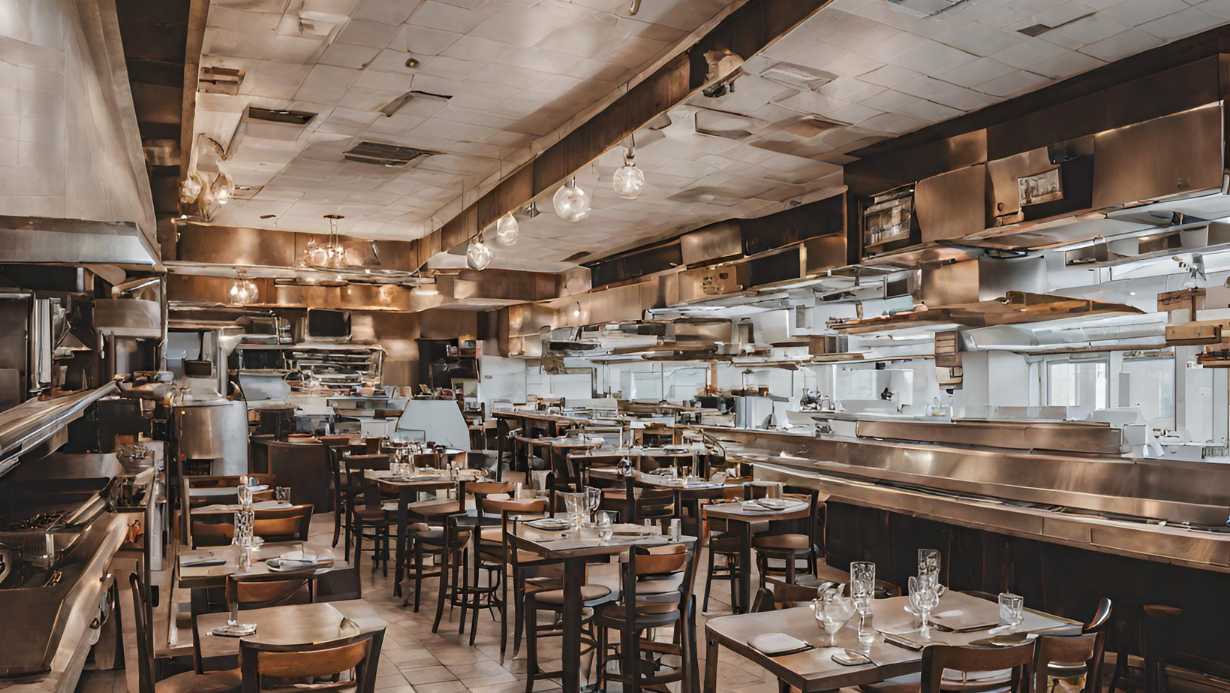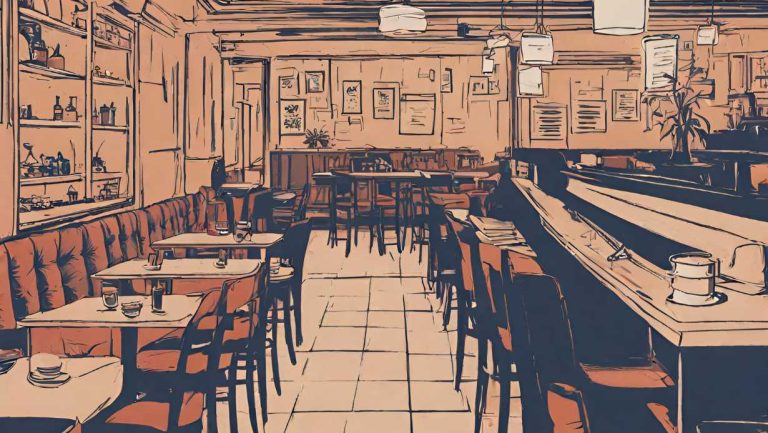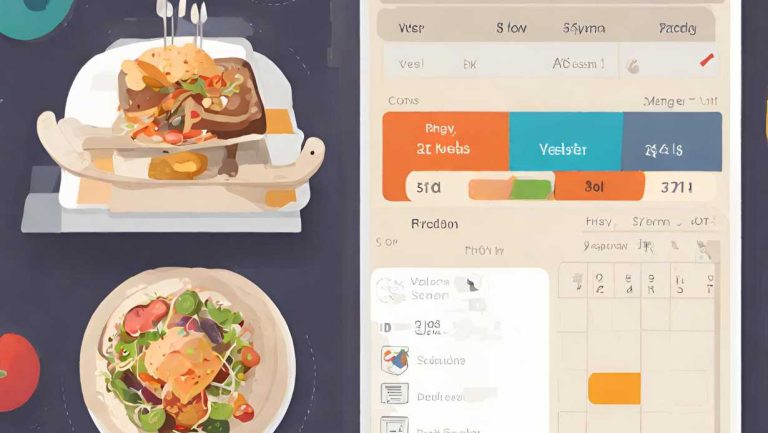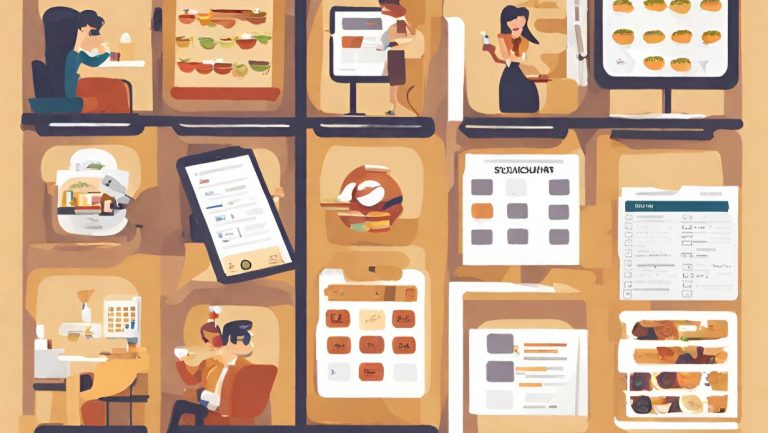What is a production schedule for restaurant? A production schedule for restaurants is a detailed plan that outlines the sequence of tasks and activities required to prepare and serve food to customers. It serves as a roadmap for kitchen staff, guiding them through the various steps involved in food production, from ingredient preparation to final plating. The production schedule typically covers aspects such as menu items, quantity to be prepared, cooking methods, and timing to ensure smooth and efficient operations in the kitchen.
Importance of a Production Schedule
- Efficient Resource Management: A well-designed production schedule helps optimize the allocation of resources, including ingredients, equipment, and manpower, minimizing waste and maximizing productivity.
- Timely Service: By clearly defining the sequence of tasks and their respective timelines, a production schedule ensures that food is prepared and served to customers in a timely manner, reducing wait times and enhancing overall dining experience.
- Consistency in Quality: Consistency is crucial in the restaurant industry. A production schedule helps maintain consistent quality across menu items by standardizing preparation methods and portion sizes, ensuring that every dish meets the restaurant’s standards.
- Cost Control: Effective planning and scheduling can help control food costs by preventing overproduction, minimizing inventory spoilage, and optimizing menu offerings based on demand and seasonality.
- Staff Accountability: With a production schedule in place, kitchen staff have clear guidelines and expectations regarding their roles and responsibilities, promoting accountability and teamwork in the kitchen.
Key Components of a Production Schedule
- Menu Items: The production schedule begins with a list of menu items to be prepared, including appetizers, entrees, sides, and desserts.
- Preparation Instructions: Each menu item is accompanied by detailed preparation instructions, outlining the steps required to assemble and cook the dish.
- Ingredients and Quantities: The schedule specifies the ingredients needed for each menu item, along with the quantities required to meet anticipated demand.
- Cooking Methods and Times: Cooking methods and times are clearly defined to ensure that food is cooked to perfection and served at the right temperature.
- Order of Operations: The schedule outlines the order in which menu items should be prepared to optimize workflow and minimize wait times.
- Staff Assignments: Responsibilities are assigned to kitchen staff based on their skills and expertise, ensuring that each task is performed efficiently.
FAQs about Production Schedules for Restaurants
How often should a production schedule be updated?
Production schedules should be updated regularly to reflect changes in menu offerings, seasonal ingredients, and customer demand. Ideally, they should be reviewed and revised on a weekly or bi-weekly basis.
What factors should be considered when creating a production schedule?
Factors such as menu complexity, kitchen capacity, staff availability, and historical sales data should be taken into account when creating a production schedule to ensure accuracy and efficiency.
How far in advance should production schedules be planned?
Production schedules should be planned far enough in advance to allow sufficient time for ingredient procurement, preparation, and cooking. Generally, a planning horizon of one to two weeks is recommended, although this may vary depending on the restaurant’s operational needs.
How can a production schedule help with inventory management?
By specifying ingredient quantities for each menu item, a production schedule helps restaurant managers track inventory levels and anticipate replenishment needs. This prevents overstocking or understocking of ingredients, minimizing waste and ensuring continuity of operations.
Can production schedules accommodate special dietary requirements or customer preferences?
Yes, production schedules can be customized to accommodate special dietary requirements, allergies, or customer preferences. Kitchen staff can adjust recipes or preparation methods accordingly to meet individual needs while maintaining the integrity of the dish.
Final Words on What Is a Production Schedule for Restaurant
A production schedule is a fundamental tool for restaurant owners and managers seeking to optimize kitchen operations, enhance efficiency, and deliver exceptional dining experiences to customers. By providing a clear roadmap for food production, a production schedule ensures that resources are utilized effectively, food is prepared and served in a timely manner, and quality standards are consistently met. By understanding the importance of a production schedule and implementing best practices, restaurants can improve operational performance, minimize costs, and ultimately, achieve success in a competitive industry.












One Comment